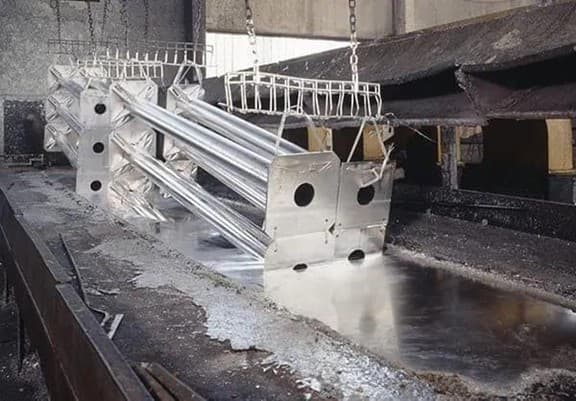
By Gabriel Ciordas, CEO at Creatopy
VAR has split the football community from the moment it was announced in 2018.
Some felt its arrival heralded the end of refereeing mistakes. Others argued the technology—still in its infancy—would only make games stutter from start to finish.
Three seasons—and countless controversial decisions—later, the debate surrounding its effectiveness rages on. But there is little doubt that this innovative automated technology has made referees’ lives easier. VAR’s value comes from expertly measuring fine margins—with far greater accuracy than any human is capable of.
But technology and automation are not just changing the sporting world. It is now a cornerstone of almost every modern business—reducing repetitive tasks and increasing efficiency. Research shows that 82% of executives believe automation in the workplace can improve employee productivity and satisfaction.
Automation has already transformed the engine rooms of business. Now it is having an impact on the role of leaders.
Tweaking Your Management Style
Referees remain a vital part of football matches. But VAR has changed the way they manage a game.
There is a similar story for CEOs. Business leaders no longer need to pour hours into overseeing data-driven decisions. Automated systems are faster and more precise.
Thanks to technological advancements, leaders have the opportunity to diversify their skill sets and dedicate additional free time to the things that move the dial, like building positive work environments.
Communication and social skills have newfound importance. Establishing a dialogue with your employees—giving them a voice—can have positive ramifications across your organization. Harvard Business Review’s research found 71% of business executives thought that employee engagement was vital to achieving overall business success.
Use new technology to streamline your operations. And invest your time to focus on leading from the front.
This increased bandwidth allows leaders to see better what is coming next. Technology will only continue to evolve and change how we work. The onus is on CEOs to understand the forces shaping the future of work – and invest in preparing their staff for it.
Your staff’s skillsets have to change and adapt. Over 45% of CEOs polled at 2021’s Second Transformative CEO Summit reported reskilling as a primary focus area moving forward.
The landscape will not stand still—and neither can your team. Constantly enhancing your staff’s capabilities means you can overcome any changes or challenges that arise.
The Importance of Your Facilities
VAR hasn’t stood still. The technology, since its introduction, has been tweaked and tinkered with to maximize its effectiveness.
The same needs to happen in the workplace. We live in a digital world—one that is defined by change. Automated systems will continue to be rolled out. And leaders have to identify which areas of the business can benefit from investment, such as:
Marketing
Customer Service
Accounting
Businesses that pride themselves on their customer experience (CX) may look to AI chatbots to improve online customer engagement. Financial brands could use technology that streamlines calculations–helping to reduce wasted time.
CEOs are in the dugout. This position offers an unobstructed view of the field of play. You have the final say on where technology should be invested in and where it will provide greater efficiency.
There Is No Final Whistle
VAR hasn’t rendered the referee’s role obsolete. Technology complements their work and makes them more effective.
CEOs need to adopt a similar mindset – and embrace automation rather than fear it. Technology can transform your business’s day-to-day operations, improve employee productivity, and empower leaders to do what they do best: lead.


